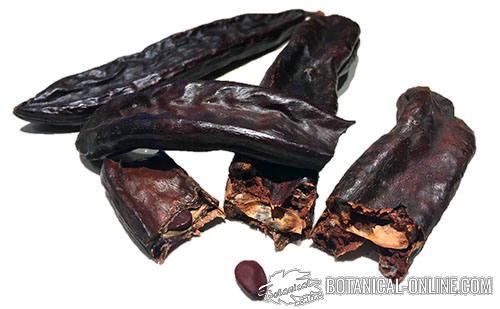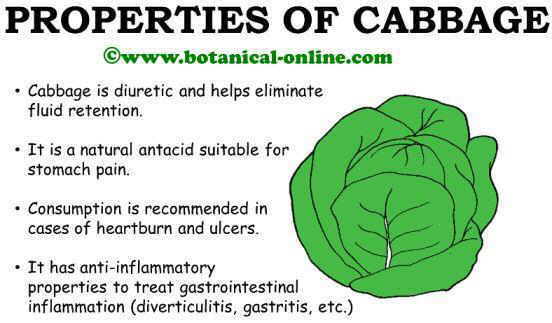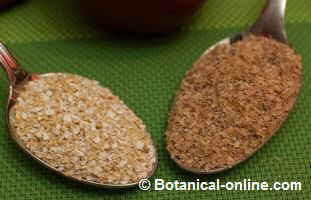Contents
What is and what properties does resistant starch have?
What is resistant starch?
Resistant starch is a type of fiber that is obtained from the gelatinization and crystallization of starch from food, that is, by cooking and cooling them.
It is a type of starch that is not digestible in the small intestine, but, when it reaches the colon it can be fermented by the intestinal flora, producing short-chain fatty acids and fermentation gases. These fermentation products are very beneficial for the intestinal flora.
So, part of that cooked and cooled starch acts as a fiber. It cannot be assimilated, therefore, it does not provide us with energy, and best of all: it is a highly prebiotic food, to feed our intestinal flora.
What are the health advantages of starches being gelatinized and crystallized ?
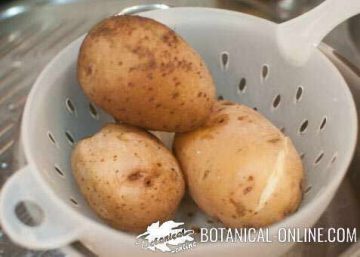
It is a way to:
- Make starchy foods lower their glycemic index
- Provide fewer calories
- Be better tolerated for people with diabetes
- Have a healthy effect on the intestinal flora.
What other names does resistant starch receive?
Resistant starch is also called retrograde starch or non-digestible starch
Foods rich in resistant starch
Resistant starches or retrograde starches are part of the most common starch-rich foods in the diet, such as:
- Potatoes
- Rice (both white and whole),
- Millet
- Sweet potato
- Plantain
- Nuts such as chestnuts
- Legumes, such as peas, chickpeas or carobs.
Resistant starch beneficial properties
Following you can see a summary of the main advantages of preparing foods with resistant starches. For this, it is enough to cool (in the refrigerator) and eat the next day (it can be reheated).
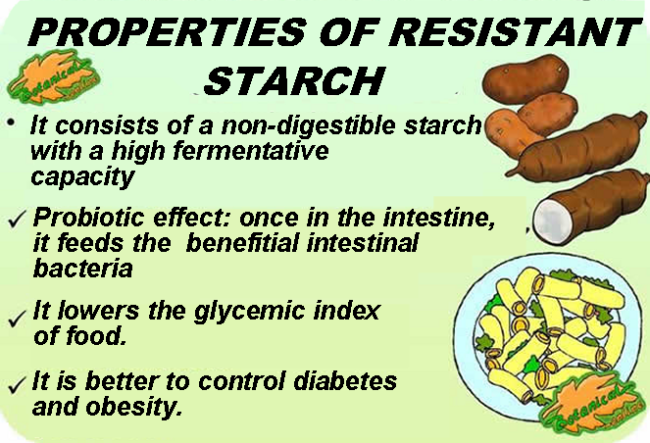
Probiotic properties of resistant starch
The main function of resistant starch is to feed the intestinal microbiota or flora, made up of a series of microorganisms that feed on the fiber we consume in the diet, mainly carbohydrates, in the form of fibers and starches.
Due to its structure, resistant starch has been proven to have a high fermentative power and is therefore a fiber with great prebiotic potential.
Nutritional and medicinal properties of resistant starch
Among the properties of resistant starch are mainly two, although from them derive the important benefits of healthy intestinal flora and sugar control for the rest of the body:
- Maintain and regenerate the intestinal flora: it is a type of soluble fiber (it also has a small part of insoluble fibers), highly fermentable and with great prebiotic power, to stimulate the growth of healthy bacteria in the intestine (fermentative bacteria). Therefore, it will be very convenient to increase the consumption of this type of fiber whenever digestive disorders occur (gastritis, diarrhea, constipation, leaky gut syndrome, Crohn’s, irritable colon, etc.).
- Diabetes: Cooling foods like cooked rice, legumes, or tubers to turn them into retrograde starches is the best way people with diabetes can consume these foods. Taking into account that it is a food with a moderate glycemic index (100 grams of banana provides 30 grams of carbohydrates, of which 15 are sugar), the retrogradation of starches manages to avoid the absorption of part of these carbohydrates. and lower the glycemic index of food.
How is resistant starch made?
Resistant starch can be made at home in a very simple way. The process is simply to refrigerate the cooked food so that its starches crystallize and become prebiotic fiber.
Some recipes with resistant starches
For example:
- Prebiotic potato
- Baked sweet potato:
- Cooking plantain
- Rice salad
- Couscous salad
- Pasta salad
- Etc. (any cooked food rich in starches and allowed to cool)
Tips and frequently asked questions when making resistant starch
- The purpose of making resistant starch is to improve starch digestion, decrease its glycemic index and obtain prebiotic fiber (good for the intestines and better tolerable for people with diabetes.).
- It is important that starchy food is cooked, otherwise retrograde starches would not form.
- It is also important to cool the food in refrigeration, since the crystallization of the starch occurs at temperatures of less than 5ºC, at least about 4 hours. Leaving food at room temperature does not work, and can also cause food poisoning, since it is the perfect climate for bacteria to grow, especially in summer.s
![]() More information on resistant starch and carbohydrates
More information on resistant starch and carbohydrates
17 March, 2020

